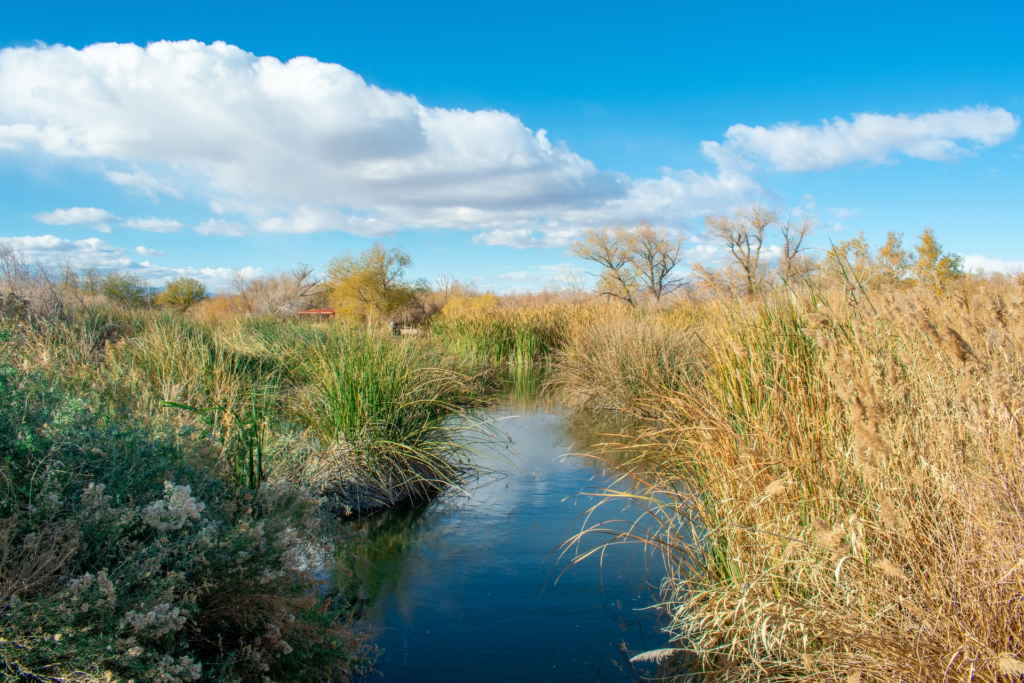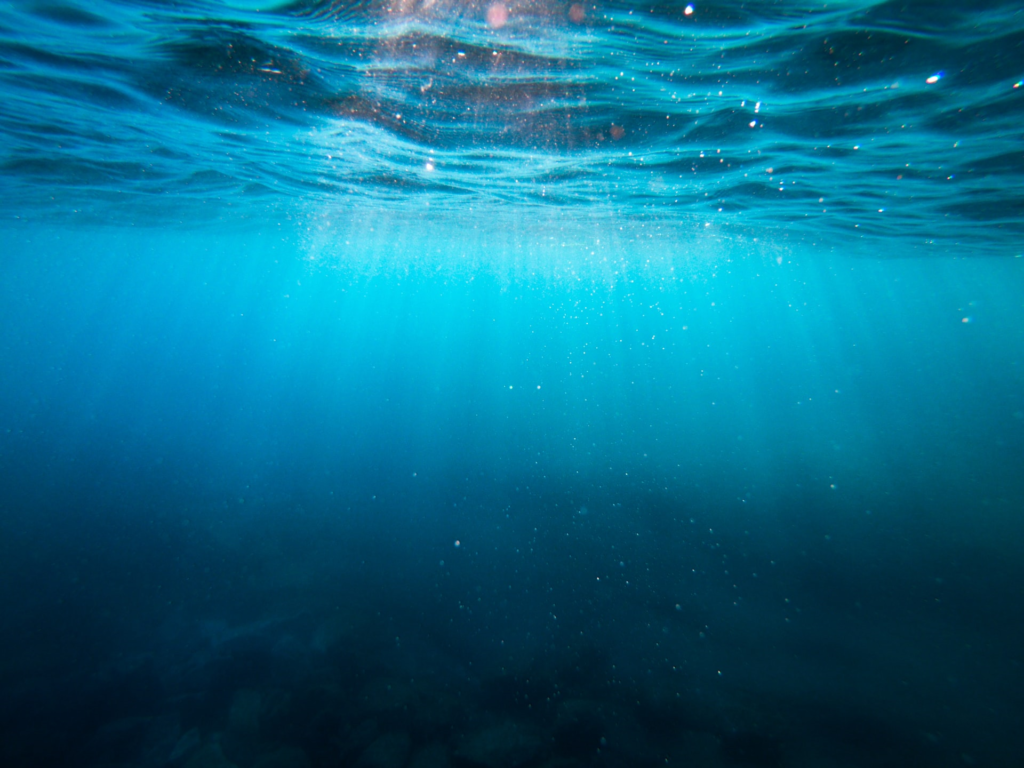(par 4.2.4.2.1.2) Wetlands

http://www.waterencyclopedia.com/Tw-Z/Wetlands.html The very word “wetland” indicates that water is the first requirement for wetlands to exist. A wetland can be identified by three basic factors: soil, vegetation, and water regime (hydrology). A wetland generally is described as an area where water is the dominant factor in determining the nature of soil development and the types […]
(par 4.2.4.2.1.2) Wetland (taken from wikipedia)

http://en.wikipedia.org/wiki/Wetland From Wikipedia, the free encyclopedia Laguna de Rocha, the largest wetland in the urban area in Esteban Echeverría Partido, Argentina Mangrove swamps are coastal wetlands. This swamp is in the FloridaEverglades.[1] Peat bogs are freshwater wetlands that develop in areas with standing water and low soil fertility. Marshes develop along the edges of rivers and lakes. Many species of frogs live in wetlands, while […]
(par 4.2.5.1 Zoning) Lake stratification

From Wikipedia, the free encyclopedia https://en.wikipedia.org/wiki/Lake_stratification Lake stratification is the separation of lakes into three layers: Epilimnion – top of the lake. Metalimnion (or thermocline) – middle layer that may change depth throughout the day. Hypolimnion – the bottom layer. The thermal stratification of lakes refers to a change in the temperature at different depths in the lake, and is due to […]
